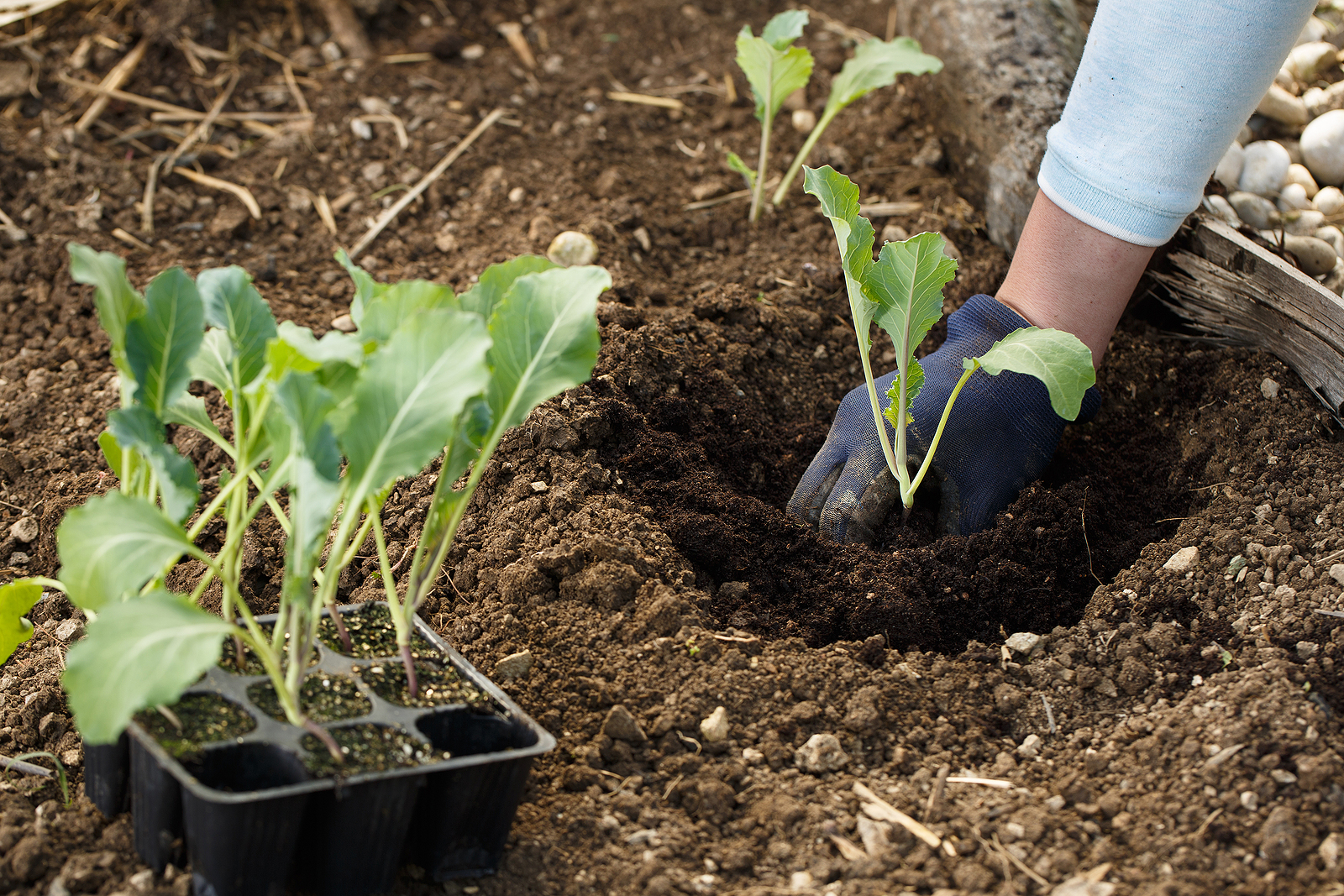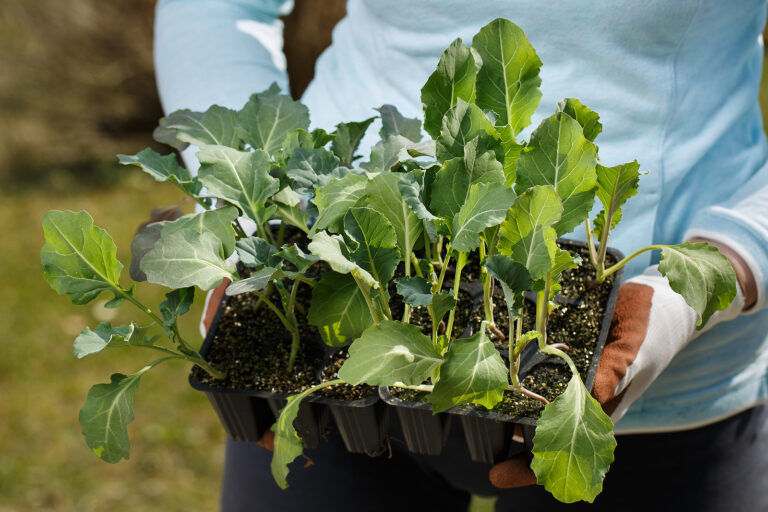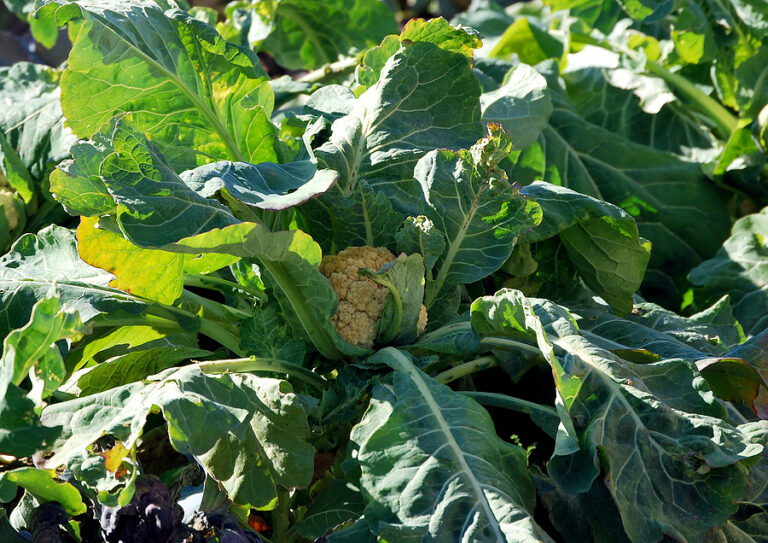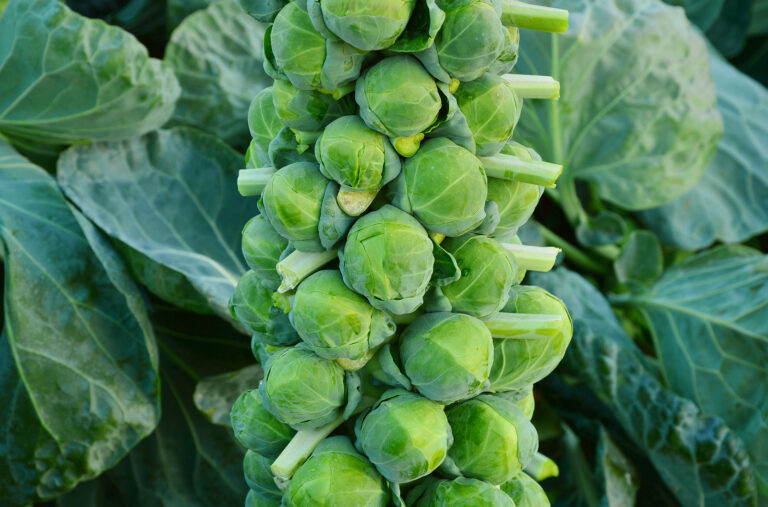Cauliflower Planting Calendar: Month-by-Month Guide
Growing cauliflower successfully depends on timing. After more than three decades of raising brassicas in my California garden, I’ve learned that knowing exactly when to sow, transplant, and harvest makes the difference between big, tender heads and disappointing button-sized florets.
This month-by-month cauliflower planting calendar will help you plan your crop whether you’re gardening in spring or fall, in cool northern regions or warmer southern climates.
General Timing Rules
- Cool-season crop: Cauliflower thrives in temperatures between 60°F and 70°F.
- Spring crops: Start seeds 4–6 weeks before the last expected frost, transplant outdoors 2–4 weeks before frost ends.
- Fall crops: Start seeds 12–14 weeks before first fall frost; fall plantings often yield better heads than spring.
My experience: In Sonoma Valley, I start seeds indoors in mid-January for spring crops and again in late July for fall harvest.
Month-by-Month Cauliflower Planting Calendar
January
- Mild climates: Start seeds indoors for spring crops.
- Cold climates: Prepare seed-starting supplies.
February
- Start seeds indoors in most regions.
- Harden off seedlings toward month’s end in mild zones.
March
- Transplant seedlings outdoors in temperate regions 2–4 weeks before the last frost.
- Direct sow in mild climates with consistent soil temps above 50°F.
April
- Main transplanting month in cool and temperate zones.
- Protect seedlings from late frosts with cloches or row covers.
May
- Last chance for spring plantings in cooler climates.
- In warm regions, avoid planting until mid-summer for a fall crop.
June
- Too warm for new spring plantings. Focus on watering and care of existing crops.
- Start fall crop seedlings indoors in cooler northern zones.
July
- Sow seeds indoors or directly outdoors for fall harvest in most regions.
- Provide shade cloth if heat is excessive.
August
- Transplant fall crop seedlings to the garden.
- Keep soil cool and moist for steady growth.
September
- Continue transplanting for fall crops in warm zones.
- Begin harvesting early-maturing varieties.
October
- Harvest fall cauliflower in most regions.
- Protect plants with row covers if frost threatens before heads mature.
November
- Mild regions: Continue harvesting.
- Cold regions: Clear beds and prepare soil with compost for next year.
December
- In frost-free climates, harvest late fall crops.
- Plan seed orders for next season.
Tips for Using the Calendar
- Adjust for your region: Always use your local frost dates as your guide.
- Succession sowing: Stagger seed starts every 2 weeks to extend the harvest window.
- Fall focus: If spring crops have failed, shift to fall planting—it’s often easier and more rewarding.
Personal insight: My best cauliflower heads always come from fall plantings. The steady cool weather helps heads form fully without stress.
Final Thoughts
Planting cauliflower isn’t just about picking a date—it’s about aligning with your climate, frost dates, and seasonal weather patterns. Use this calendar as a guide, adjust it to your region, and you’ll have a reliable roadmap for growing big, tender cauliflower heads every year.
Cauliflower Learning Hub
Start here: The Ultimate Cauliflower Growing Guide: From Seed to Harvest
🌱 Planting & Growing
- When and How to Plant Cauliflower for Best Results
- Cauliflower Seed Starting Tips
- Cauliflower Planting Calendar: Month-by-Month Guide
- How to Transplant Cauliflower Seedlings Successfully
- Proper Cauliflower Spacing for Bigger Heads
- Growing Cauliflower in Containers: Step-by-Step Guide
- Best Companion Plants for Cauliflower (and What to Avoid)
💧 Care & Maintenance
- How to Water Cauliflower the Right Way
- Feeding Cauliflower: Fertilizer Tips for Healthy Growth
- Essential Cauliflower Care: From Seedling to Harvest
- Blanching Cauliflower: Why and How to Do It
🐛 Pests & Problems
🌾 Harvest & Storage
🍴 Kitchen & Use
❓ What to Grow







